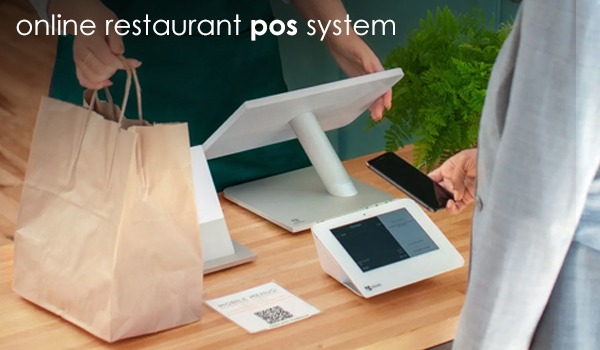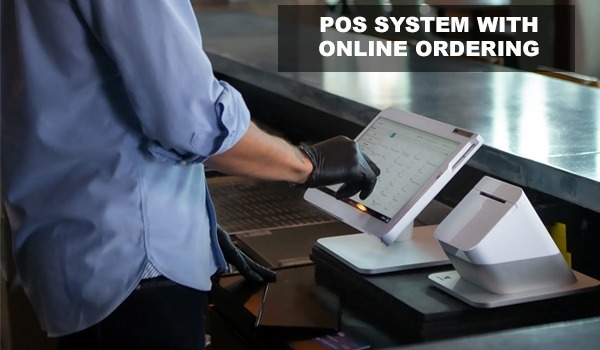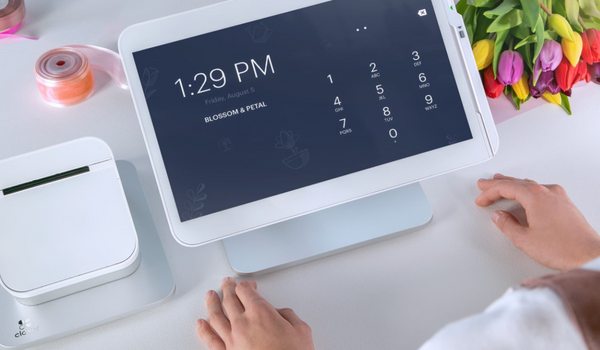
Restaurant pos system comparison
A restaurant POS system (point of sale system) is a software and hardware combination that enables restaurant owners and managers to process transactions, manage orders, track inventory, generate reports, and more. It's an essential tool for any restaurant, whether it's a small, independent establishment or a large, multi-location chain.
Criteria for evaluating restaurant POS systems
When evaluating restaurant POS systems, there are several key features and factors to consider:
- Order Management: A good POS system should provide efficient order management capabilities, allowing servers to take orders and process payments quickly and accurately.
- Inventory Tracking: Effective inventory tracking is essential for keeping track of stock levels, preventing waste, and ensuring that ingredients are always available when needed.
- Reporting and Analytics: POS systems should provide a variety of reports and analytics to help restaurant owners and managers make informed decisions, such as sales reports, labor reports, and menu item analysis.
- Integrations: The ability to integrate with other software and services is increasingly important for restaurants, allowing for features such as online ordering, delivery, and loyalty programs.
- Ease of Use: A POS system should be intuitive and easy to use for both staff and customers.
In addition to these features, cost is also an important consideration when choosing a restaurant POS system. Elements that can impact the expense comprise of:
- Hardware: The cost of hardware, such as terminals, printers, and scanners, can vary depending on the POS system chosen.
- Software: POS systems can have different pricing models, such as a flat fee or a subscription-based model, and different levels of functionality, which can impact the cost.
- Installation: Some POS systems require professional installation, which can add to the cost.
- Maintenance: POS systems may require ongoing maintenance, such as software updates or hardware repairs, which can also add to the cost.
- Support: Support options, such as phone or email support, can vary between POS systems and impact the overall cost.
Comparison of popular restaurant POS systems
- Toast: Toast is a POS system crafted exclusively for dining establishments, which operates on cloud-based technology. It offers features such as online ordering, loyalty programs, and gift card management. Toast also provides analytics and reporting features, including sales reports and menu item performance analysis.
Pricing: Toast offers custom pricing based on restaurant size and needs. - Square for Restaurants: Square for Restaurants is a cloud-based POS system that offers a range of features including online ordering, table management, and customer feedback tools. Square for Restaurants integrates with other Square products, such as payment processing and accounting software.
Pricing: Square for Restaurants offers a free version and paid plans starting at $60/month. - Revel Systems: Revel Systems is a cloud-based POS system designed for restaurants of all sizes. It offers features such as order management, inventory tracking, and customer relationship management tools.
Pricing: Revel Systems offers custom pricing based on restaurant size and needs. - Upserve: Upserve is a cloud-based POS system that provides features such as online ordering, inventory management, and loyalty programs. Upserve also offers analytics and reporting features, including sales reports and menu item performance analysis
Pricing: Upserve offers plans starting at $59/month. - TouchBistro: TouchBistro is a POS system designed for restaurants, particularly those in the hospitality industry. It offers features such as table management, menu management, and customer relationship management tools.
Pricing: TouchBistro offers plans starting at $69/month. - Lightspeed Restaurant: Lightspeed Restaurant is a cloud-based POS system designed for restaurants of all sizes. It offers features such as table management, inventory tracking, and customer relationship management tools.
Pricing: Lightspeed Restaurant offers plans starting at $69/month.
Overall, each of these POS systems offers a range of features and benefits for restaurant owners and managers.
Pros and cons of cloud-based and traditional POS systems
There are two main types of POS systems: cloud-based and traditional. Here's a breakdown of the differences between the two, as well as the pros and cons of each:
Cloud-Based POS Systems
Cloud-based POS systems store data and software in the cloud, meaning they are accessible from any device with an internet connection. This type of system typically offers automatic software updates and is known for being user-friendly and easy to set up.
Pros
- Easy to set up and use
- Can be accessed from any internet-enabled device
- Automatic software updates
Frequently more economical than conventional POS systems
Cons
- Requires a reliable internet connection
- Data security concerns, since data is stored in the cloud
- Limited customization options
Traditional POS Systems
Traditional POS systems store data and software on-site, meaning they require specific hardware and are not accessible from remote locations. This type of system typically offers more customization options and is known for being more robust and secure.
Pros
- Can be tailored extensively to suit particular business requirements
- More secure, since data is stored on-site
- Works offline, so no need to rely on internet connectivity
Cons
- Costly initial expenses for both hardware and software
- Upgrades and maintenance can be time-consuming and costly
- Limited remote access capabilities
Ultimately, the choice between cloud-based and traditional POS systems depends on the specific needs and preferences of a restaurant owner or manager.
Conclusion
To recap, choosing the right POS system is critical for the success of your restaurant. When evaluating different options, consider factors such as cost, features, ease of use, support, and integrations. Popular restaurant POS systems include Toast, Square for Restaurants, Revel Systems, Upserve, TouchBistro, and Lightspeed Restaurant. Each system has its own set of features, benefits, and limitations, so it's important to evaluate each option carefully to determine which system will work best for your restaurant.
It's also important to consider whether a cloud-based or traditional POS system is the best fit for your restaurant. Cloud-based systems are typically more affordable and easier to set up, while traditional systems offer more customization options and are more secure.





